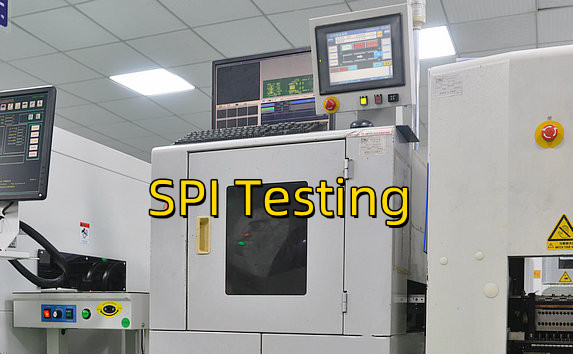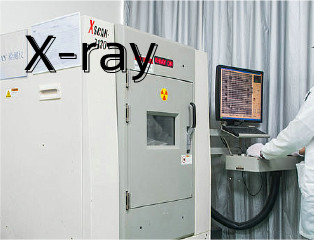
SPI Detection Purpose
SPI is a widely used principle in SMT to test the accuracy of the solder paste printed on the pads.
The following defects can be detected by SPI testing:
• Solder paste voids: The soldering paste is not filled in the pad. This can lead to loose soldering.
• Solder paste bridge: The solder paste can create a connection between two pads that should not be connected. This may lead to short circuits.
• Solder paste offset: This means that the solder paste has not been printed correctly on the pad. It may result in poor solder joints.
The Following Are the Ways in Which SPI Testing Can Be Adopted
• Optical inspection of SPI: Take a picture of the solder on the pad and use it to generate a 3-dimensional image.
• X ray SPI Inspection: Use an X ray to inspect the solder paste's internal structure to look for problems like voids or bridging.
• 3D inspection of solder paste: Use the phase modulation profileometry (PMP), or laser triangulation, to create a 3-dimensional image.
SPI Optical Testing Principle
• Place the board in the SPI machine.
• The camera takes pictures of the solder paste from various angles.
• Overlay the images to create a three-dimensional picture of the solder paste.
• Image processing can be used to detect defects within solder paste.
X-Ray SPI Testing Principle

• Place the PCB onto the SPI Inspection Machine.
• The solder paste is not affected by X-rays.
• The detector is the one that receives X-rays.
• Image processing can be used to detect defects within solder paste.
3D SPI Testing Principle:
• Place the PCB onto the SPI Inspection Machine.
• Laser triangulation or PMP technology is used to create three-dimensional images of solder paste.
• Image processing can be used to detect defects within solder paste.
SPI Testing: Advantages and Disadvantages
SPI inspection has many advantages, including improving the quality of SMT assemblies, reducing defect rates, saving costs and increasing production efficiency.
It can help detect and fix problems early and ensure the reliability and performance.
The disadvantages of SPI are that it is difficult to use, requires a professional operator, and some SPI machines require high maintenance costs.
Summary
SPI testing, in short, is an important step in the SMT Assembly process. It helps improve product quality and reduce defects, as well as reduce costs.









